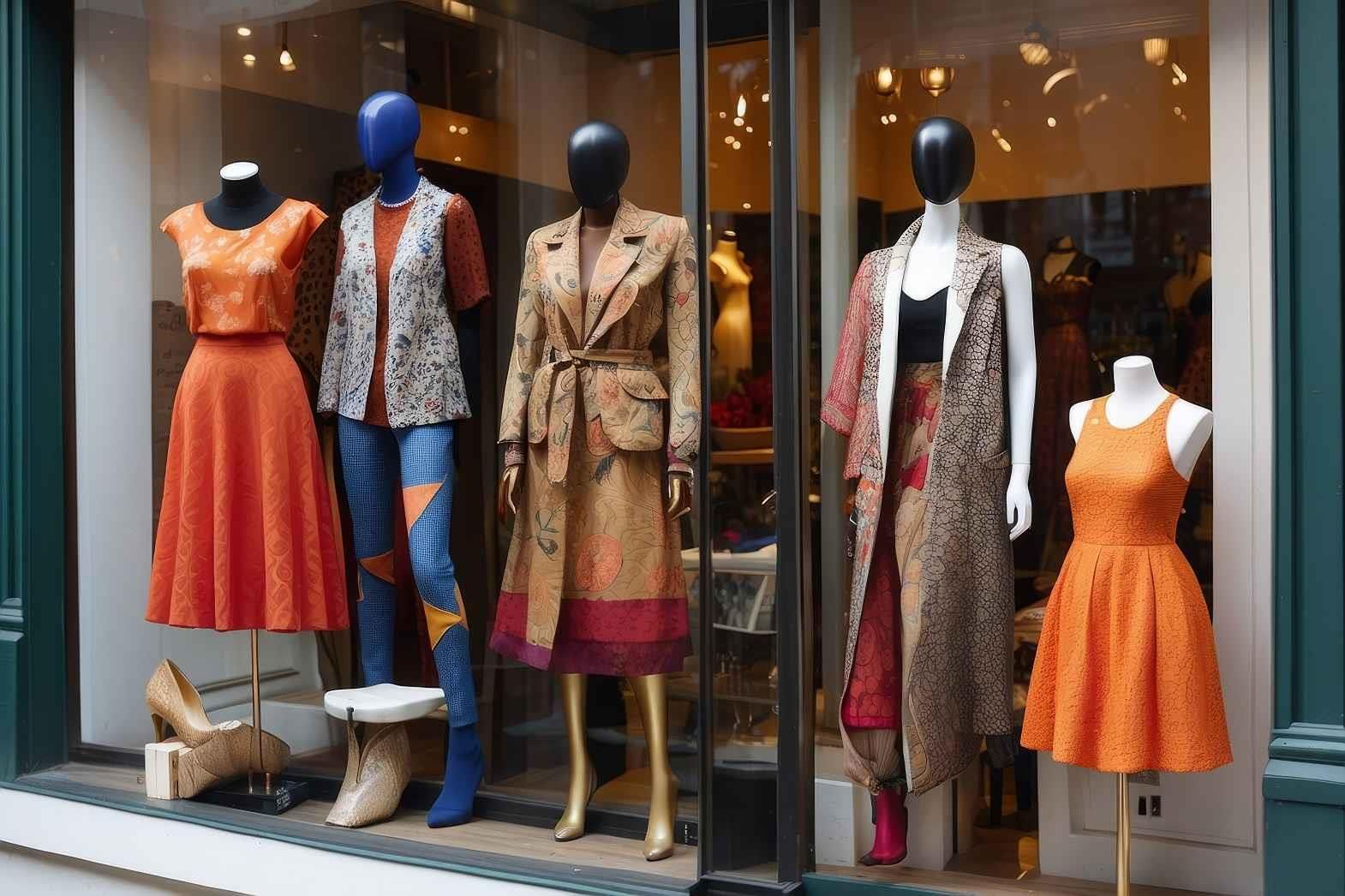Behavioural science has had a great run of late, and for good reason. The hitherto prevailing paradigm of perfectly rational individuals—with access and intent to access all possible information—making absolutely rational decisions, whether in the market or in the polling booth, was rather disconnected from what we see all around us.
In the retail environment, the simplest—some might say crudest—role of behavioural science is that of serving reminders. The more significant storytelling takes place elsewhere, namely on TV, OTT platforms, and social media. It is here that the consumer hopefully develops a perception, which then translates into a transaction in the retail setting. Even as visual merchandising at retail points becomes more interactive and intricate, its primary role for the foreseeable future is that of a support medium.
Some companies view visual merchandising expenditures as media spends. This approach is reminiscent of how—in simpler times—media planners would earmark a percentage of primary spends (often TV) for radio and print. This perspective is more constructive than the other prevailing view, which regards such spending as necessary simply because it has always been done. In this less progressive view, the primary consumer of visual merchandising (VM) messaging is the trade, and the objective is to create a perception of scale. Unfortunately, this is the more salient view, leading to a divergence of VM from the brand messaging. This cohort has yet to embrace the insights of behavioural science.
The questions of conformity to—or, say, inspiration from—core brand messaging largely address the substance of the communication in visual merchandising. In terms of form, there is more behavioural science involved. There is the obvious challenge of choosing elements that break through clutter. Clutter is increasing even as attention spans are decreasing, thanks to the much-discussed ubiquity of smartphones. Breaking clutter requires the ongoing refreshing of elements, which brings various emerging concepts from behavioural science to the fore. The superset of options to choose from is constantly growing. Therefore, the retail marketer often has to be a good ethnographer, spending time in retail environments to bring a qualitative dimension (in addition to continuity and analysis of sales data) to make wise choices.
However, things are somewhat simpler when it comes to analysing customer flow. An element designed to encourage walk-ins is very different—in type and deployment angle—from one that aims to facilitate conversion on the assumption that the customer is already ‘in’. Research helps, of course. Studies capturing the number of people turning left or right—assuming all other things are equal—must be carefully superimposed over the observed reality of a particular store, where, so to speak, all other things are not equal.
Substance and form are both obviously dictated by category. Creating interest in a high-involvement category, such as demo units for smartphones, is very different from an impulse one, like a countertop display for chewing gum. Some categories are more experiential than others, and the limited space at a point of sale may be better used for the actual merchandise, such as apparel.
Might behavioural science offer a universal theory of VM?
It is an exciting prospect, and the quest intensified after Richard Thaler’s Nobel Prize win in 2017. Thaler’s famous ‘urinal fly’ concept, which encourages people to perform a desired action, is closely related. However, developing a corresponding theory to convince customers to make a purchase at a point of sale is still some distance away. With the rise of online commerce, the resources that organisations or academia can dedicate to finding answers are becoming scarcer. It is not an even contest, as online commerce generates much more customer data per transaction than offline shopping can (capturing retinal responses to displays in the supermarket aisle notwithstanding).
Even as more offline business occurs through retail stores that are more ‘templatised’ or ‘standardised’, the discipline still requires a lot of specific observation for the selection and deployment of VM assets. Thus, in an ironic way, behavioural science makes the discipline of visual merchandising more craft than science!


 (1)20240730094415.jpg)







Comments